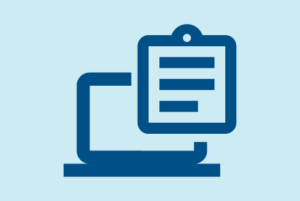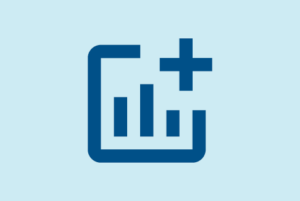Two years ago, in the middle of the COVID-19 pandemic, 4,075 Californians took their own lives. Nearly 80,000 more who attempted to take their lives, inflict self-harm, or expressed the desire to do so were treated in California hospital emergency departments.
As we learn more about the long-term impact of the pandemic on mental health, it’s likely that these numbers will only grow. In the first year of the pandemic alone, anxiety and depression increased 25% worldwide, with women and children the hardest hit, according to the World Health Organization.
To put these numbers in perspective, there were more deaths in California due to suicide than leukemia; there were nearly double the number of suicides as homicides; and there were nearly triple the number of suicides as alcohol-related deaths.
Here in California, as we mark Suicide Prevention Awareness Month in September, the numbers really only scratch the surface of a far more meaningful story. That story is around how lives are shattered — not only for the people who commit suicide, but the tens of thousands of friends and family members who endure unimaginable grief for years and decades.
September is a time to raise awareness of suicide — an often stigmatized and taboo issue. As frontline caregivers for those attempting or inflicting self-harm, this is an opportunity to not only shift public perception, but also share vital information to make sure Californians have access to the resources they need to discuss suicide prevention and to seek help.
One new resource this year, launched in July, is the 988 suicide and crisis lifeline. No longer will people in crisis need to dial a 10-digit number. Help is just three numbers away.
While this month marks suicide prevention awareness, helping those in need is a year-round effort and life’s work. The National Alliance on Mental Illness offers graphics and messaging tools to support your work to destigmatize and address a tragedy that touches far too many families every year.



